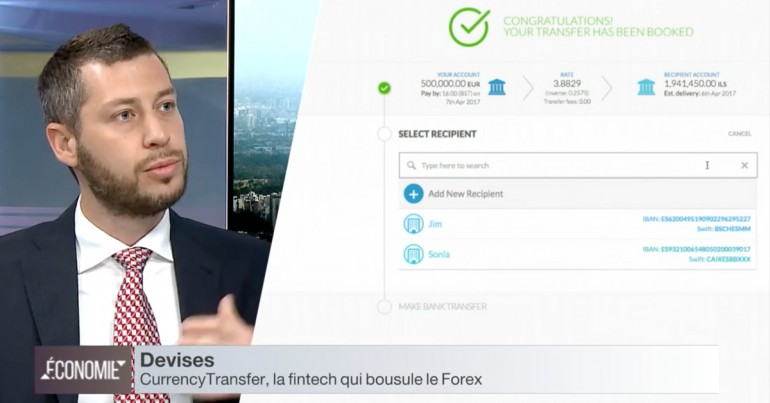
Brexit. Donald Trump. The French Elections. The list is endless. We live in turbulent times. Don’t be daunted. The good news is that there is something your business can do about it. UK companies are fast realising that currency hedging strategies for business are becoming essential to protect profit margins. It’s a skillset that requires expertise, market research, correct implementation and analysis.
Below are 5 elements to consider when devising a currency hedging strategy, with the ultimate goal of reducing exposure and protecting your underlying margins:
(1) Get to understand the risks
Importers, exporters and trading companies throughout the UK are always exposed to: transaction risk, translational risks and economic risks. Ignoring these risks or a laissez faire approach can have catastrophic impacts on your business bottom line. Getting to grips and understanding these currency risks exist are the first stages in establishing a tailored currency risk management strategy.
Pro tip: If you have regular monthly flows (e.g. payroll), don’t wait until the last minute to convert; it pays to proactively work with a currency strategist to optimise the timing of your transfers. Learn more about forward contracts and bookable rate alerts.
(2) Define an FX Management policy
Work with a currency expert to establish your risk appetite – how hedged do you want to be? Bring all key stakeholders to the discussion, including: CEO, CFO, Treasury, Accountant, Advisors to establish agreed targets and rules. Study your cash flow forecasts and financial models in detail. From this starting point, calculate best and worst case scenarios. There should never be a moment where the finance department and CEO don’t understand their FX exposures and impact on the companies profitability and bottom line.
(3) Implementing the strategy
Execute your plan. Work with a reputable FinTech platform to automate your currency purchasing and implement a currency risk management program that meets your goals and risk appetite. Be reactive to new micro and macro events – market conditions change and it’s important to stay on top of everything that can impact your exposures.

(4) Reviewing the strategy
At least once a quarter or semi-annually, audit and vet the performance of your overall strategy. Ensure that it meets the corporate and business objectives.
(5) Buy currency contracts you clearly understand
Every stakeholder must clearly understand the financial products they are committing to (spot, forward, limit orders, stop loss). Complicated derivatives can be mis-sold and carry complex hidden related costs. Buyers beware.
‘‘Devising a currency hedging strategy doesn’t need to be daunting, overly complicated or time consuming. The growth in FinTech allow you to automate a large part of your currency management program and stay in control.
Until recently, this was only reserved and accessible to large mid-cap and FTSE 100 level companies. It’s pleasing to be part of a revolution that democratises to the masses access to FX risk management. Whether you’re a small importer making your first overseas order, or growing mini multinational.’’ says Daniel Abrahams, CEO of CurrencyTransfer.com
Suggested Next Steps: Join our 30 min BREXINAR on Wednesday 26th of April.
SAVE YOUR SPOT here
In this short afternoon session; CEO’s, CFOs and Financial Directors will get together to learn:
• Best practices for risk identification & management
• Common currency risk mistakes SMEs make
• How to efficiently manage currency risks and practical tips to save costs in the process
When: Wednesday April 26th, starting 3pm UK time. Register here
Missed the event? Contact us for a live recording and a free comprehensive audit of your foreign currency exposures.



